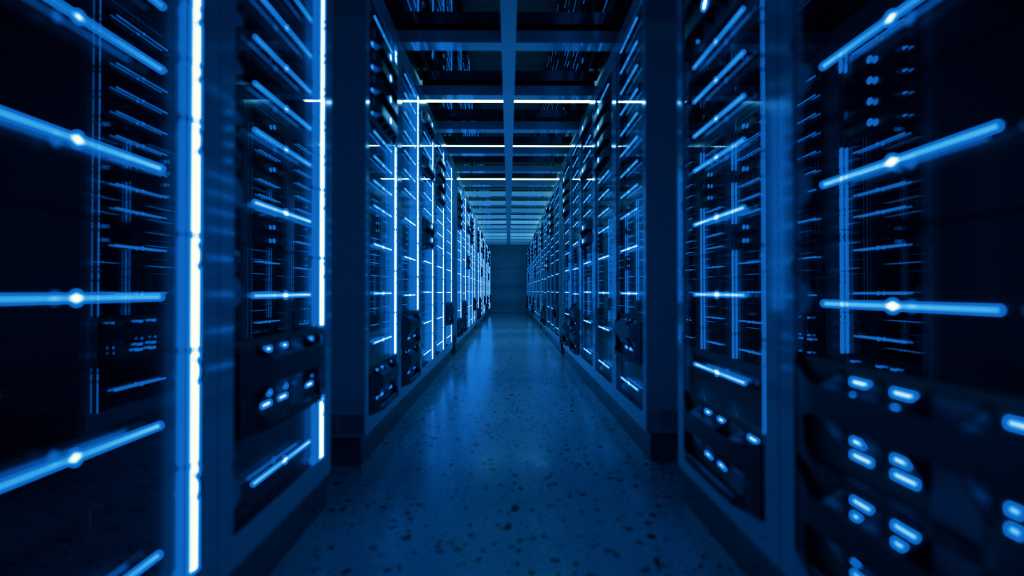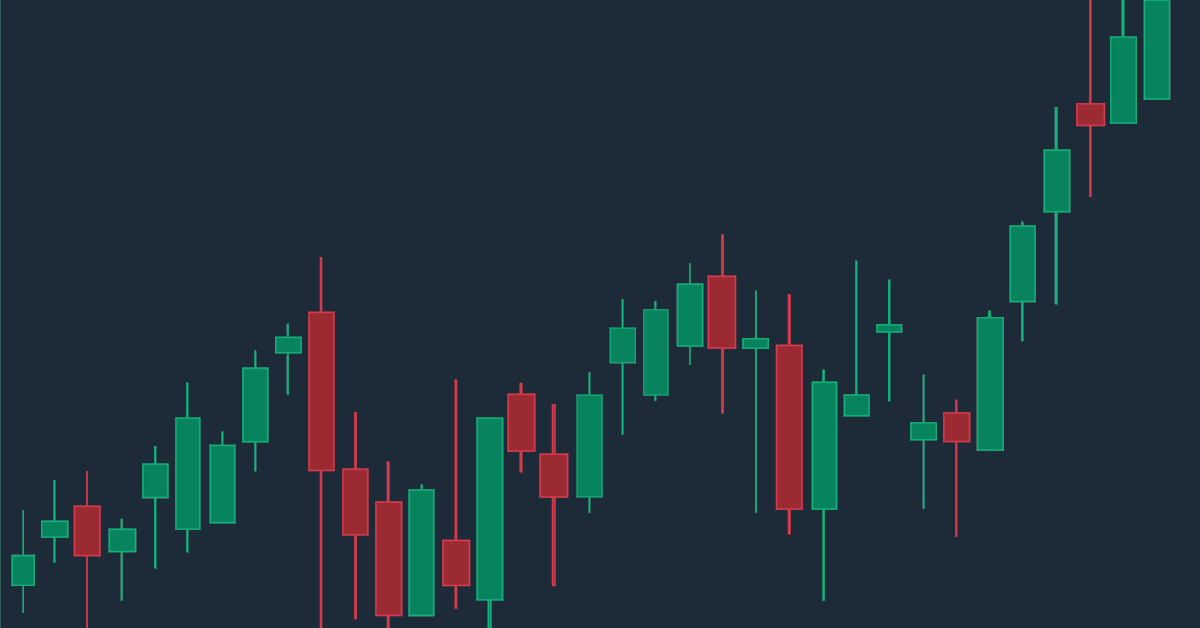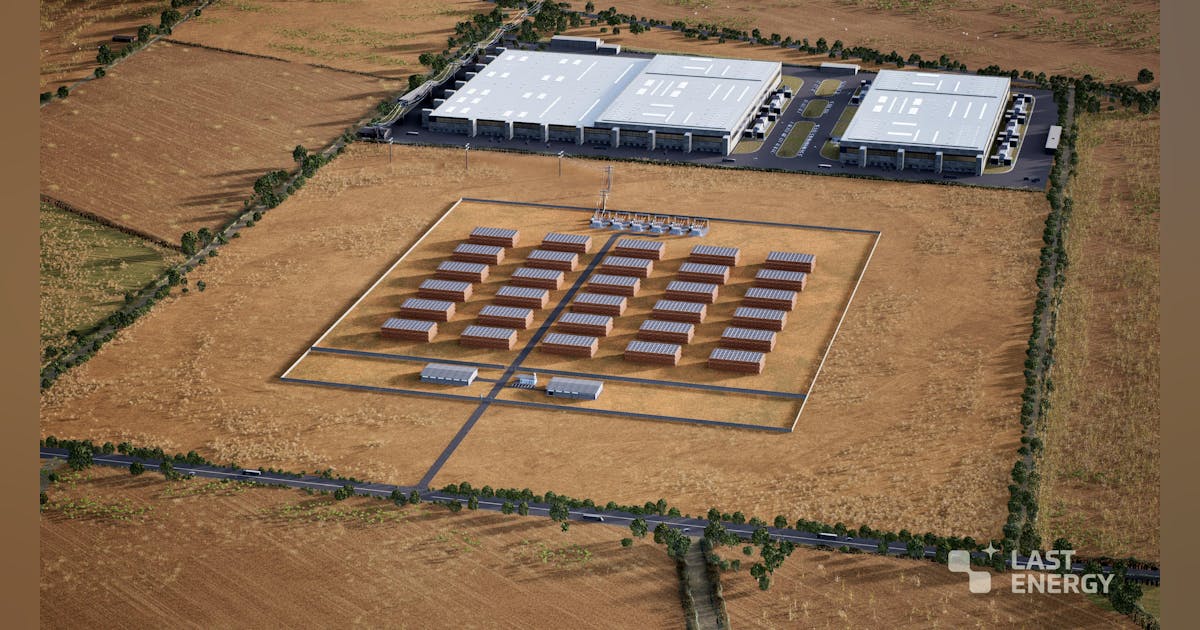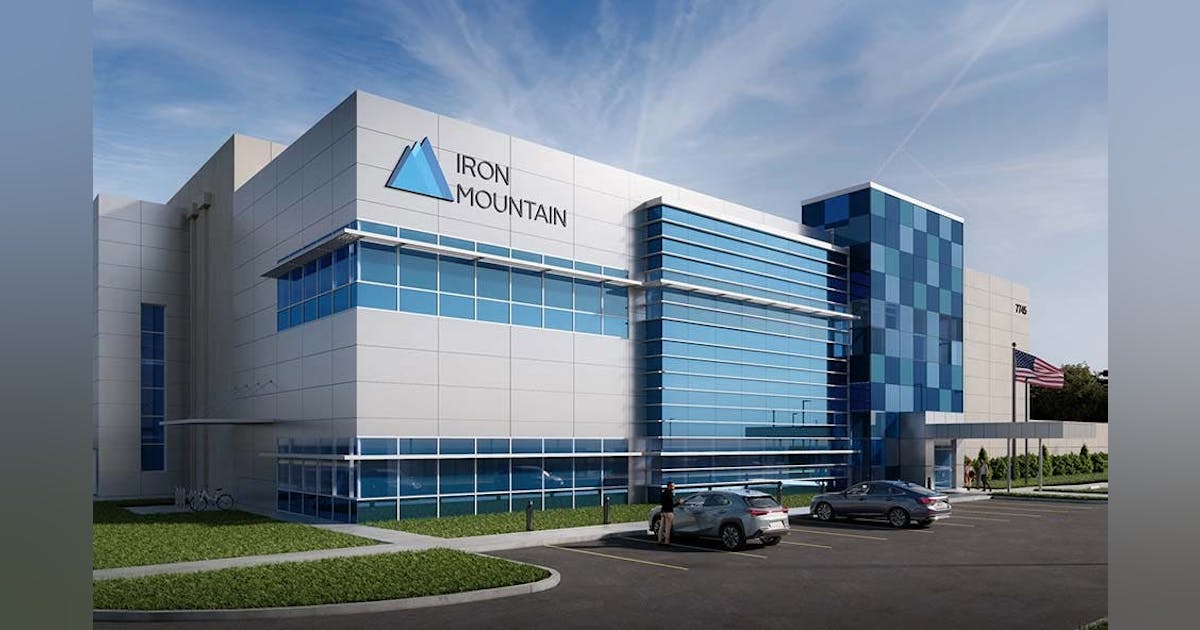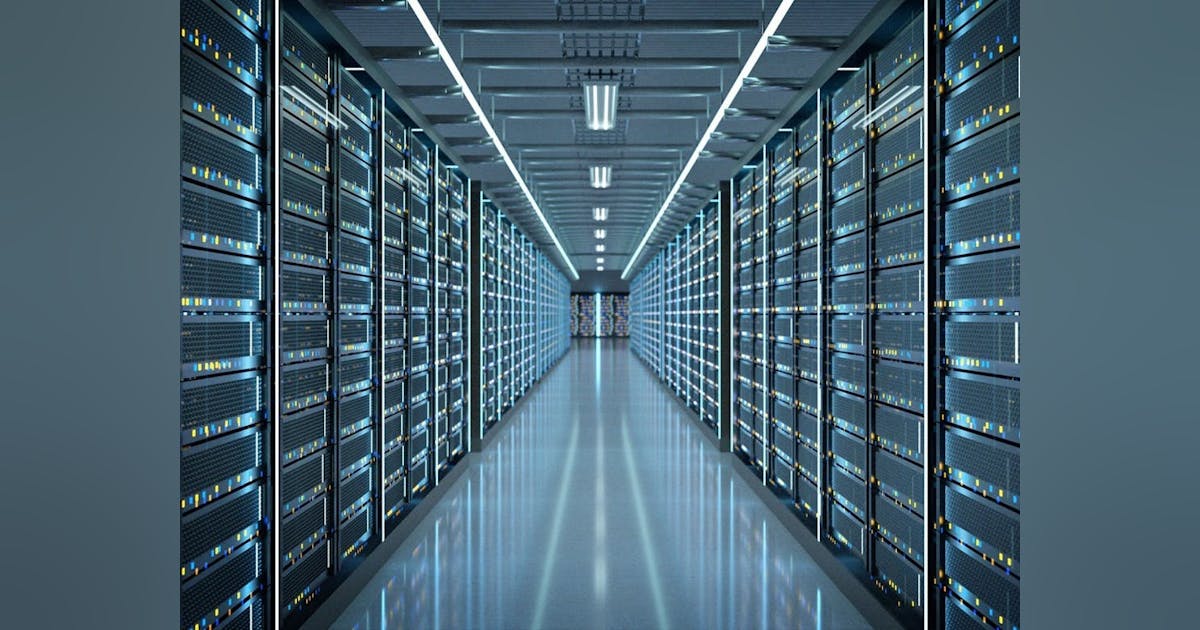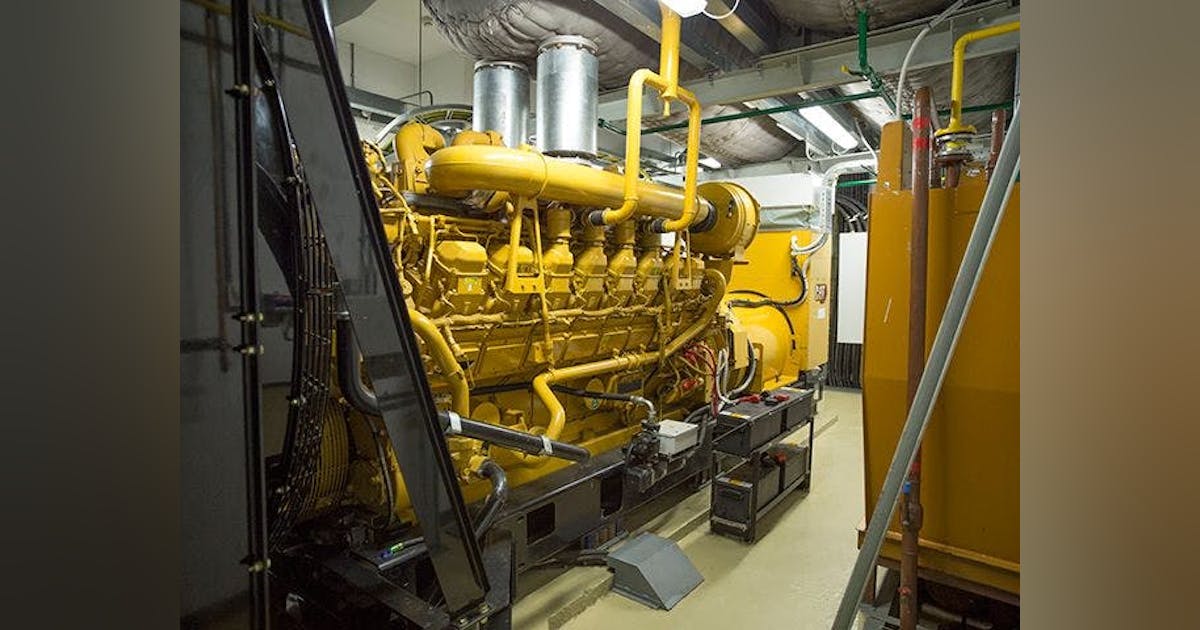Join our daily and weekly newsletters for the latest updates and exclusive content on industry-leading AI coverage. Learn More
A few months ago, Google Cloud launched C4A as the virtual machine (VM) instances powered by Axion, its first Arm-based CPU. Now, as the next step in this work, it is debuting C4A with Titanium SSDs — its custom-designed local disks aimed at enhancing storage and performance.
With this move, Google is bolstering its C4A portfolio and offering VMs that can further boost cloud performance for workloads requiring real-time data processing. The VMs, as the company puts it, combine ultra-low latency and high-throughput storage with cost efficiency, making an ideal package for running applications such as high-performance databases, analytics engines and search.
Currently, Google Cloud is making these Titanium SSD-equipped C4A VMs available in services such as Compute Engine, Google Kubernetes Engine (GKE), Batch and Dataproc. Standard C4A VMs are also available in preview in Dataflow, with support for Cloud SQL, AlloyDB and other services in the pipeline.
What to expect from Google’s C4A VMs with Titanium SSDs?
Google Cloud’s C4A instances typically come with three storage options: Persistent Disk, Hyperdisk or Local SSD. Persistent Disk is the standard block storage service where performance is shared between volumes of the same type. Hyperdisk, on the other hand, provides dedicated performance, supporting up to 350,000 input/output operations per second (IOPS) and 5 GB/s throughput per volume — delivering significantly better performance than Persistent Disk.
However, in some workloads, especially those demanding local storage capacity, even Hyperdisk can struggle. This is where the local SSDs come in, with Titanium SSDs being the latest innovation in the category.
The new C4A instances with Titanium SSDs deliver up to 2.4M random read input/output operations per second, 10.4 GiB/s of read throughput, and 35% lower access latency compared to previous generation SSDs.
Titanium SSDs, which are directly attached to the compute instances inside the host server, offload storage and networking tasks from the CPU, freeing up resources to boost application security and throughput performance. This innovation comes from Google’s Titanium system. It runs the offloading job from the host CPU into a system of custom silicon, hardware and software on-host and throughout the company’s data centers, connected to the host CPU using a Titanium Offload Processor.
The configuration on offer
At the core, the new C4A family with Titanium SSDs comes with up to 72 vCPUs, 576 GB memory, and 6 TB of local storage. Enterprises can choose between Standard (4 GB/vCPU) and High-memory (8 GB/vCPU) configurations. Connectivity options, on the other hand, can scale up to 100 Gbps.
All of this can easily support high-traffic workloads with real-time data processing such as web/app servers, high-performance databases, data analytics engines and search. Further, it can power applications requiring in-memory caching, media streaming and transcoding and CPU-based AI/ML.
“C4A…provides up to 65% better price-performance and up to 60% better energy efficiency than comparable current-generation x86-based instances. Together, C4A and Titanium SSDs deliver industry-leading price-performance for a broad range of Arm-compatible general-purpose workloads,” Varun Shah and Nate Baum, senior product managers at Google Cloud, wrote in a joint blog post.
Early adopters note 40% higher throughput
While C4A VMs with Titanium SSDs have just become generally available, some early adopters are already seeing performance gains from them. This includes big names like Couchbase and Elastic.
Matt McDonough, SVP of product and partners at Couchbase, highlighted how Capella Columnar, running on Google Axion C4A instances with Titanium SSDs, delivers unparalleled price-performance benefits, ultra-low latency and scalable compute power for analytic and operational workloads. Similarly, Elastic’s Uri Cohen said the company observed 40% higher throughput than prior VM generations.
C4A VMs with Titanium SSDs are now generally available in key regions, including the U.S., Europe and Asia, with plans to expand further. Customers can access them through on-demand, Spot VMs and discounted pricing options.
With significant advancements in performance, energy efficiency and scalability, C4A VMs with Titanium SSDs cater to modern enterprise demands, setting a new benchmark for cloud workloads.
Daily insights on business use cases with VB Daily
If you want to impress your boss, VB Daily has you covered. We give you the inside scoop on what companies are doing with generative AI, from regulatory shifts to practical deployments, so you can share insights for maximum ROI.
Read our Privacy Policy
Thanks for subscribing. Check out more VB newsletters here.
An error occured.


